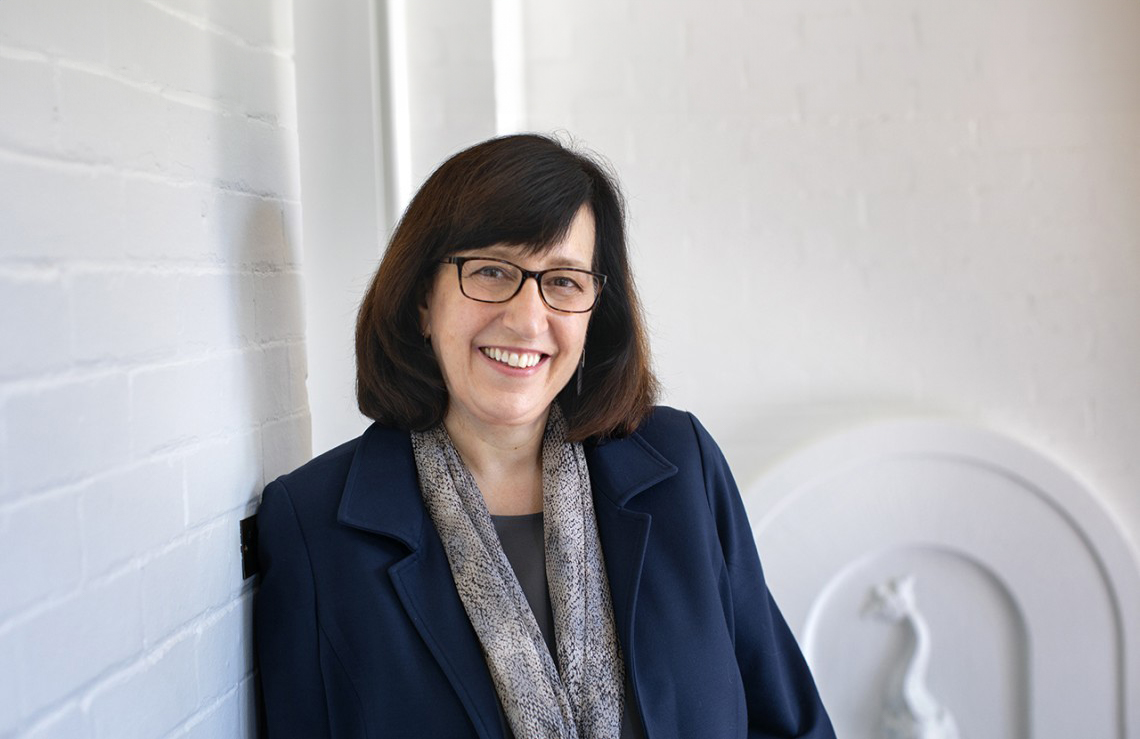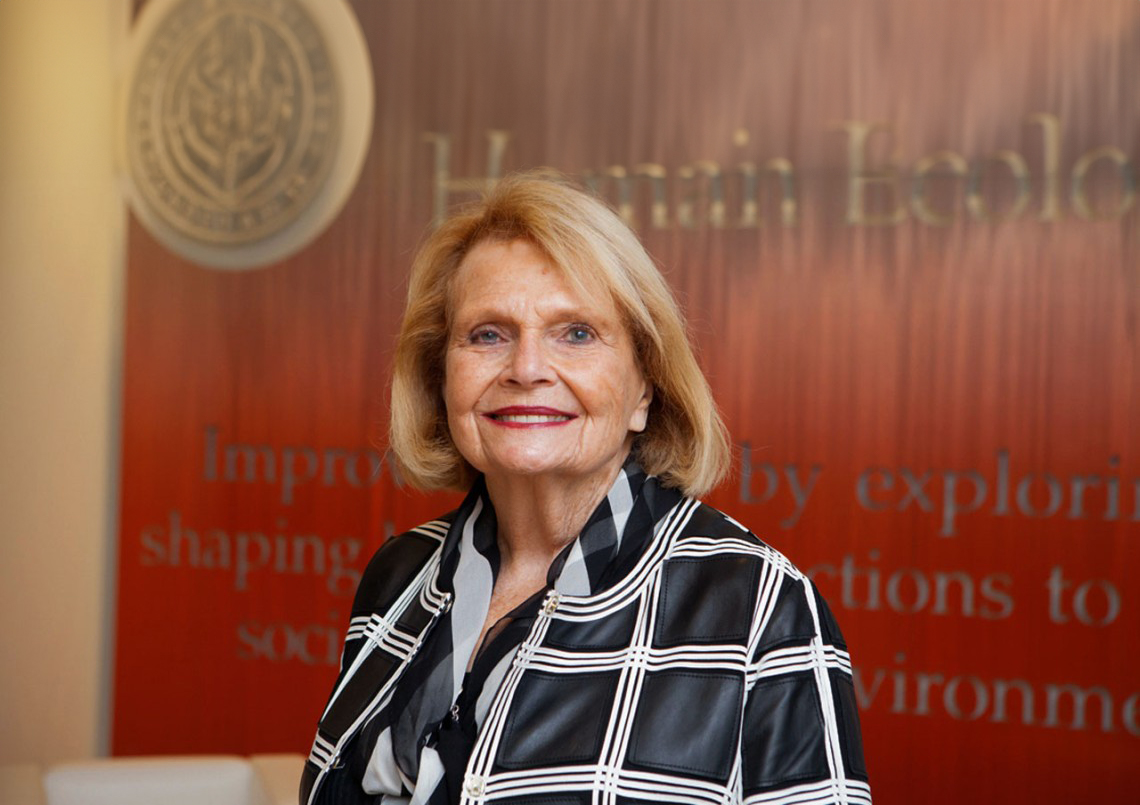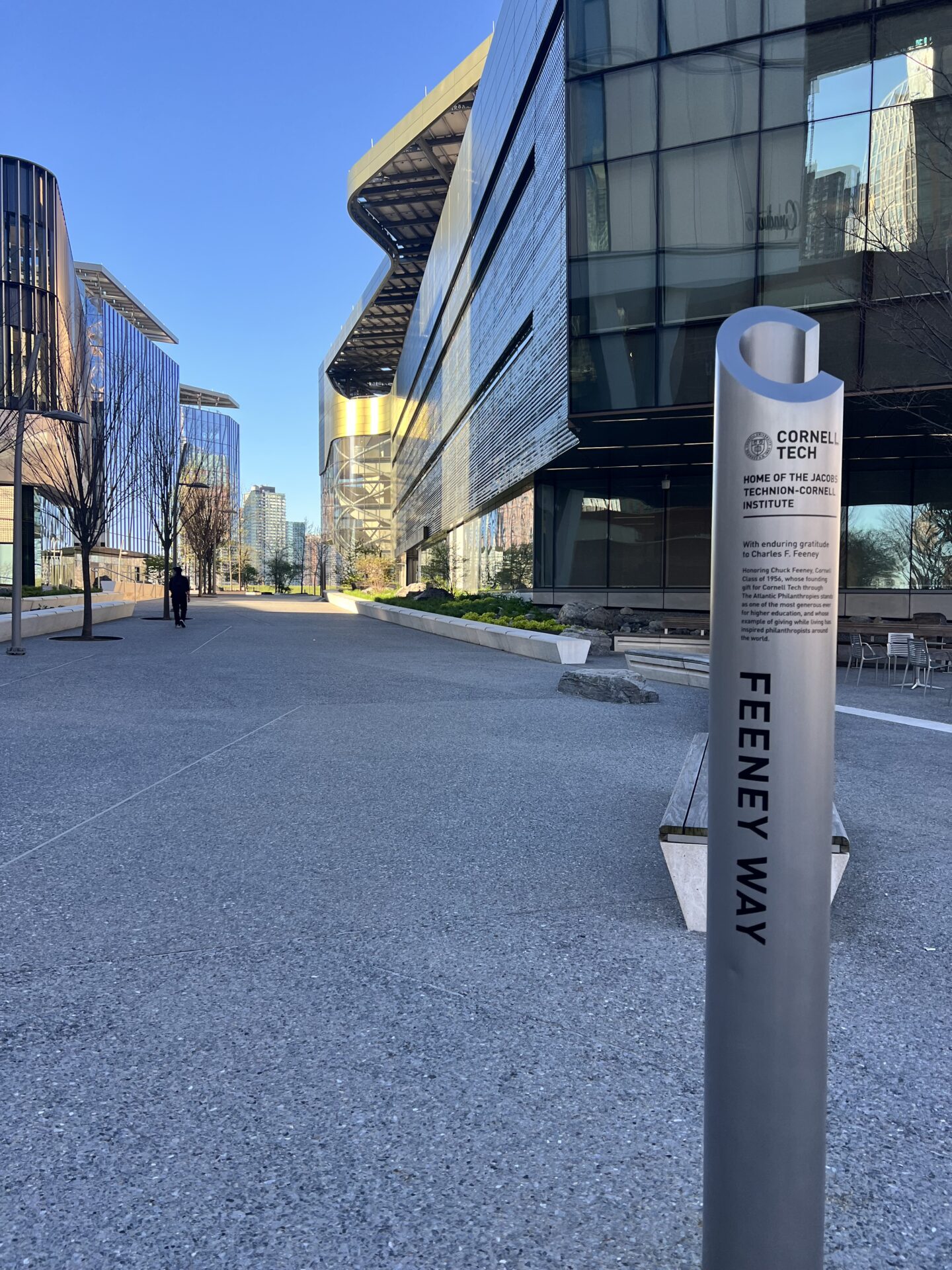Method May Improve Cities’ Responses to Resident Service Calls
Categories
By Tom Fleischman, Cornell Chronicle
Researchers from Cornell Tech have developed a method to identify delays in the reporting of incidents such as downed trees and power lines, which could lead to practical insights and interventions for more equitable, efficient government service.
Their method, which works without knowing exactly when an incident occurred, uses the frequency of reports of the same incident by separate individuals to estimate how long it took for the incident to be first reported. The first report establishes that the incident occurred, and subsequent reports are used to establish the reporting rate.
Applying their method to more than 1 million incident reports in New York City and Chicago, the researchers also determined that a neighborhood’s socioeconomic characteristics are correlated with reporting rates.
“We’ve devised a fairly general method that works for a large class of these problems, known as ‘benchmark problems,’ where you can get duplicate reports of an incident,” said Nikhil Garg, assistant professor of operations research and information engineering (ORIE) at Cornell Tech, as part of the Jacobs Technion-Cornell Institute.
Garg is senior author of “Quantifying Spatial Under-reporting Disparities in Resident Crowdsourcing,” which published Dec. 5 in Nature Computational Science.
“We’re optimistic that this method can be used to understand underreporting,” he said, “not just in 311 (citizen “hotline”) systems, but more broadly where these benchmark problems appear.”
Garg’s co-authors are Zhi Liu, lead student author and a doctoral student in ORIE, and Uma Bhandaram, deputy chief for data systems and analytics for the New York City Department of Parks and Recreation.
Crowdsourcing is an essential component of city management; crews can’t be everywhere at the same time, and they rely on residents to report issues to the proper authorities so they can be addressed. Large cities – including New York, Chicago, Los Angeles and Houston, the four largest U.S. cities – have reporting systems that residents can log into to report problems.
“The 311 system is a big one,” Garg said. “New York City, for instance, can’t know where all the problems are all the time with something like 700,000 street trees – NYC gets over 3 million service requests a year from the public. For us, this started with a general question: Who is actually participating in all of these participatory mechanisms underlying government?”
“That’s also one of the questions that city agencies are interested in – the fact that people behave differently,” Liu said. “So how do they respond to these requests?”
Garg and Liu’s model takes the available information – the occurrence of an incident, and the public’s reporting behavior related to that incident – and converts it into a Poisson rate estimation task, which expresses the probability of a given number of events occurring in a fixed interval of time or space.
Without knowing exactly when the incident happened, the method uses the number of reports between the time of the first report (but not including it) and an estimated incident resolution time to quantify an incident’s rate function. The method could allow city managers to determine the reporting rates of different types of incidents in different neighborhoods, and address problems more equitably.
The researchers applied their method to more than 100,000 resident reports made to the New York City Department of Parks and Recreation, and to more than 900,000 reports made to the Chicago Department of Transportation and Department of Water Management. Even after controlling for incident characteristics, such as the level of emergency response needed, they found that some neighborhoods reported incidents three times faster than others.
The disparities corresponded to socioeconomic characteristics of the neighborhoods. In New York City, reporting rates were positively correlated with higher population density; the fraction of people with college degrees; income; and the fraction of the population that is white.
The researchers were able to further validate their method by testing it on incidents for which exact times were known.
“We find overwhelming evidence that people use 311 systems differently,” Liu said. “And when we’re thinking about the downstream response to those reports, this can serve as a very good reference point. Say no one reports an incident and it’s been sitting there for a prolonged period: We might want to respond to it faster, so that the overall delay is similar across neighborhoods.”
And as Liu said, their system promotes equity in terms of responding to the most urgent problem first.
“One key finding is that equity and efficiency don’t have to trade off,” he said. “Sometimes they’re in accordance – the most severe incidents should be addressed across the city at a faster rate, no matter where they are. So in that sense, equity and efficiency are actually aligned.”
Said Garg: “There’s so much work left to do, and that our team is continuing to do, to make these systems more efficient and equitable.”
This work was funded in part by the Urban Tech Hub at Cornell Tech.





